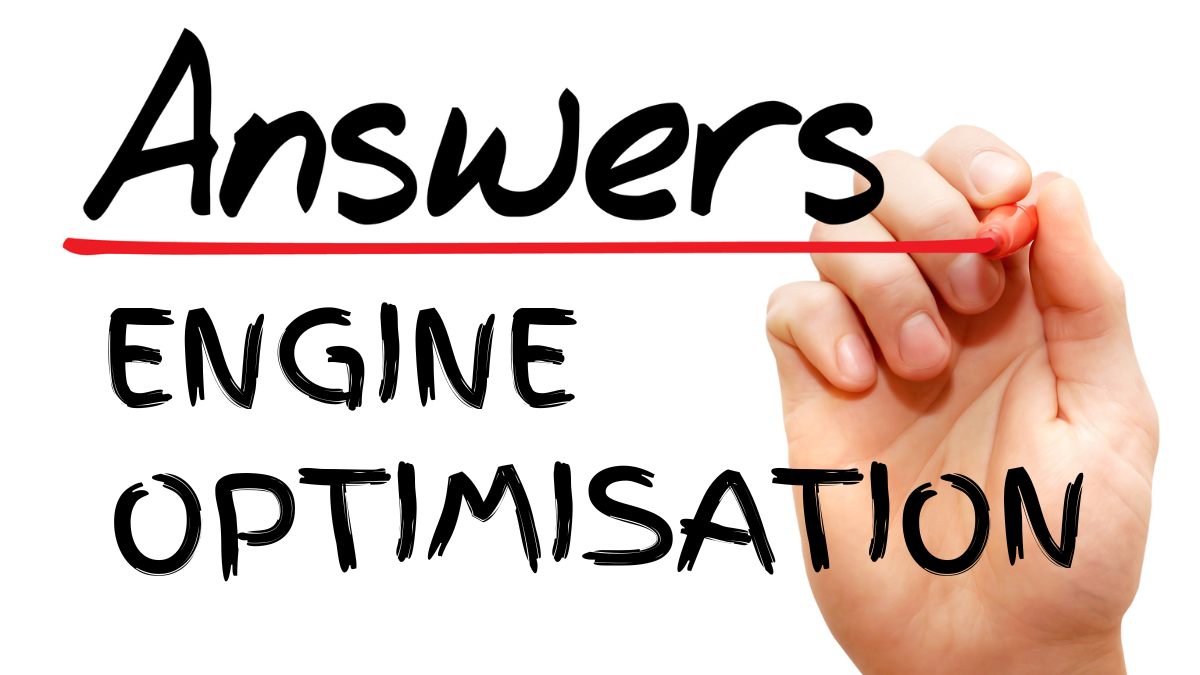Ecommerce is a proliferating and ever-changing industry. Each year, new trends and innovations emerge, helping businesses grow and outdo competitors. As we move further into the digital age, adopting a digital-first mindset has become paramount for success. In today’s tech-savvy world, ecommerce is the way forward, no matter your location or industry.
Just two decades ago, ecommerce was a distant concept, barely a buzzword. Today, it is deeply ingrained in everyday life. From schoolchildren to retirees, everyone is familiar with ecommerce. The 2020 coronavirus pandemic catapulted ecommerce to new heights, accelerating its adoption worldwide. With lockdowns, work-from-home mandates, and social distancing, businesses of all sizes were forced to adapt, leading to a significant shift in consumer buying behavior. Convenience-driven societies now lean heavily toward buying and selling with minimal effort, making ecommerce a vital solution for businesses and consumers alike.
What Does Ecommerce Truly Mean?
Ecommerce encompasses all business or commercial transactions conducted over the internet. It involves the exchange of goods and services without time or geographical barriers. This broad term includes online auctions, payment gateways, internet banking, and online ticketing.
The roots of ecommerce trace back to the early 1990s when the internet became accessible for commercial use. Pioneering platforms like Amazon and Alibaba emerged in the mid-1990s, leveraging the digital marketplace to grow into global giants. Ecommerce has revolutionized the business landscape, transitioning from a niche model to a powerful alternative that challenges traditional brick-and-mortar stores.
Ecommerce’s evolution is marked by its ability to adapt to the ever-changing needs of modern consumers. Its advantages are numerous: expanding brand visibility into untapped markets, providing 24/7 convenience, enabling advanced marketing techniques, and offering flexibility in customer experiences. Businesses can introduce new product lines, integrate diverse payment options, and personalize user journeys. These features make ecommerce a cornerstone of growth, allowing brands to generate higher sales and improve ROI.
How the Pandemic Transformed Ecommerce in Malaysia
The COVID-19 pandemic significantly accelerated ecommerce adoption worldwide, including in Malaysia. As social distancing became vital, going digital became a necessity rather than a choice. Malaysia, already a leader in Southeast Asia’s ecommerce landscape, experienced exponential growth during this period.
Malaysia’s ecommerce journey began in 2004 with the launch of eBay Malaysia, followed by platforms like Lelong in 2007. The entry of giants such as Lazada, Zalora, and Shopee further solidified Malaysia’s position in the region. Recent entrants like Vettons, Instahome, CakeTogether, and GoGet have broadened the market scope, catering to niche industries. By 2024, Malaysia’s ecommerce market is projected to reach MYR 51.6 billion (USD 12.6 billion), growing at a compound annual growth rate (CAGR) of 14.3% from 2020 to 2024.
The pandemic-induced closure of physical stores and evolving consumer habits led to a surge in online shopping. Malaysia’s digitally-savvy, trend-conscious population was quick to adapt, propelling the industry forward. Coupled with the country’s robust economic growth and advanced digital infrastructure, Malaysia now ranks as one of Southeast Asia’s fastest-emerging ecommerce markets.
Key Drivers of Ecommerce Growth in Malaysia
1. The Surge of FMCG Ecommerce
The rise of fast-moving consumer goods (FMCG) ecommerce has been a pivotal growth driver. Consumers increasingly purchase groceries and household essentials online, driven by convenience and safety during the pandemic. Digital payment solutions, including e-wallet platforms like Boost, Touch ‘n Go, GrabPay, and BigPay, have further facilitated this growth. Bank transfers and digital payments now account for 93% of ecommerce transactions in Malaysia, reflecting high consumer trust in these methods.
Government initiatives have also played a crucial role. Programs aimed at improving internet accessibility in rural areas, enhancing e-wallet technologies, and promoting small business ecommerce adoption have accelerated growth. Campaigns like #SayaDigital and Shop Malaysia Online have bolstered consumer and business confidence in the digital marketplace.
2. Mobile Commerce Dominance
Mobile commerce (m-commerce) is another critical factor. With 80% of Malaysian smartphone users shopping online, mobile devices have become the primary channel for ecommerce. Mobile apps account for 64% of transactions, providing businesses with direct access to their target audiences. Enhanced mobile-friendly experiences, combined with data-driven marketing, enable businesses to tailor content and offers to specific demographics, driving higher conversion rates.
Mega sales events like 11.11 and 12.12, which feature discounts of up to 90%, further boost m-commerce activity. Affordable shipping rates and seamless app-based transactions have made online shopping more appealing than ever.
3. Social Media Penetration
Social media’s extensive reach has been a game-changer for ecommerce. Platforms like Facebook, Instagram, TikTok, and YouTube are effective and cost-efficient tools for reaching large audiences. With over 26 million social media users in Malaysia (81% penetration as of 2020), these platforms provide unparalleled opportunities for brand visibility and engagement.
Interactive features such as live streaming, shoppable posts, and influencer collaborations enable businesses to showcase products in dynamic ways. As social commerce gains traction, brands can integrate ecommerce directly into social platforms, creating a seamless shopping experience for consumers.
Conclusion
Ecommerce is no longer just a business model; it is a necessity for survival in today’s competitive market. The pandemic has highlighted the importance of a robust digital presence, pushing businesses to innovate and adapt. With Malaysia’s rapidly growing ecommerce market, advanced infrastructure, and tech-savvy population, the future is bright for businesses willing to embrace the digital revolution.
For more insights and updates on ecommerce trends in Malaysia, visit our website at www.rankdigitalplt.com.
4. Evolving Consumer Behavior
Malaysian consumers are increasingly tech-savvy and value-driven. Preferences for personalized experiences, eco-friendly products, and quick delivery options are shaping ecommerce trends. Brands that leverage AI and machine learning to offer tailored recommendations and predictive analytics are gaining a competitive edge.
Future of Ecommerce in Malaysia
As the digital landscape evolves, Malaysia’s ecommerce market shows no signs of slowing down. Key areas poised for growth include:
-
Sustainability: Eco-conscious consumers are driving demand for green products and sustainable practices. Businesses that prioritize sustainability will resonate with this growing segment.
-
Cross-border Ecommerce: Malaysia’s strategic location makes it a hub for regional and international ecommerce. Improved logistics and trade agreements will further facilitate cross-border transactions.
-
Technological Integration: Emerging technologies like augmented reality (AR), virtual reality (VR), and blockchain are set to revolutionize ecommerce. AR and VR can enhance the shopping experience, while blockchain ensures secure and transparent transactions.















